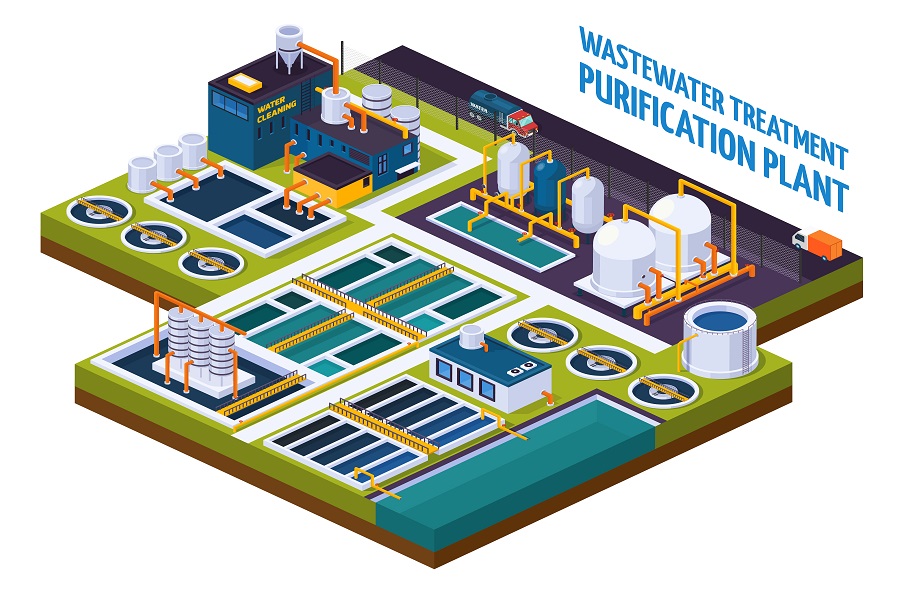Building code compliance is the cornerstone of constructing safe, functional, and sustainable structures. It ensures the well-being of occupants, promotes energy efficiency, reduces risks, and enhances the longevity and sustainability of buildings.
However, achieving building code compliance requires meticulous planning, design, and construction. Among the many elements involved in achieving compliance, MEP (Mechanical, Electrical, and Plumbing) design plays a crucial role. MEP systems encompass a wide range of essential elements, including heating, ventilation, air conditioning, electrical wiring, lighting, fire protection, and plumbing. These systems not only ensure the comfort and convenience of building occupants but also play a pivotal role in meeting building code requirements.
Building codes refer to adhering to a set of regulations, standards, and requirements established by local, national, or international authorities to ensure the safety, structural integrity, energy efficiency, and functionality of buildings. These codes are put in place to protect occupants, mitigate potential risks, and promote sustainable construction practices.
But ensuring the accuracy of MEP components in a yet-to-be-constructed facility is not easy. Due to complex interdependencies, it requires a collaborative tool like Building Information Modeling (BIM) to help stakeholders visualize and coordinate different MEP systems in 3D for effective code compliance. By integrating MEP systems within the BIM framework, construction professionals can ensure accurate design documentation, clash detection, and adherence to building codes.
In this blog, we will talk about the importance of MEP BIM services in code compliance, resulting in compliant and high-performing structures.
The Significance of MEP BIM in Building Code Compliance
A good Mechanical Electrical and Plumbing design plays a pivotal role in meeting building code compliance. Here’s how BIM can help you achieve just that:
Optimized System Performance
Meeting code compliance is not just about satisfying minimum requirements; it also involves optimizing the performance of MEP systems. BIM services allow for advanced simulations and analysis of MEP systems, including energy consumption, heating and cooling loads, lighting levels, and airflow. By incorporating these simulations within the BIM environment, designers can optimize system performance to exceed code requirements, resulting in more energy-efficient and sustainable buildings. Mechanical Electrical and Plumbing Building Information Modeling facilitates data-driven decision-making, allowing designers to evaluate various design alternatives and select the most efficient options that comply with code regulations.
Streamlined Coordination
One of the primary benefits of BIM in MEP code compliance is streamlined coordination among various trades. MEP systems are intricately interconnected and must work together seamlessly to meet building code requirements. With collaboration tools like BIM 360, Revizto and Construction Cloud, architects, structural engineers, designers, and contractors can collaborate real time in a virtual environment, integrating all the building systems. This enables early identification and resolution of clashes or conflicts between systems, minimizing rework, delays, and cost overruns during construction. By eliminating clashes during the design phase, MEP BIM promotes accurate system installation and compliance with building codes.
Accurate Design Documentation
BIM helps in the creation of accurate and detailed design documentation for MEP systems. All relevant information, such as equipment specifications, materials, dimensions, and performance data, can be integrated into the BIM model. This level of detail facilitates a comprehensive understanding of the MEP systems, enabling precise code compliance analysis.
Designers and code reviewers can easily access and evaluate the compliance of various system components, ensuring that they meet the specific code requirements.
Code Compliance Analysis
BIM software utilizes rule-based checks to automatically assess the compliance of MEP systems with the relevant building codes. These checks are based on predefined algorithms and code provisions, and evaluate various parameters such as clearances, sizing, equipment placement, ventilation rates, electrical circuiting, plumbing layouts, and more to identify potential code violations.
With accurate information at hand, designers can then make necessary adjustments and modifications to ensure full compliance with the applicable codes. MEP BIM’s automated code compliance analysis enhances accuracy, saves time, and minimizes the chances of overlooking critical code requirements.
Efficient Project Delivery
MEP BIM improves project delivery by enhancing coordination, reducing errors, and improving communication among project stakeholders. By utilizing a shared BIM model, designers, contractors, and code officials can easily access and review the MEP systems’ compliance status. This transparency fosters efficient collaboration and minimizes delays during the review and approval process. Additionally, MEP BIM aids in generating accurate construction documents, quantity takeoffs, and fabrication drawings, streamlining the construction phase and enabling smoother project execution.
Enhanced Building Safety
The safety of the building is extremely important for its overall integrity and longevity, and a well-designed MEP system using BIM technology ensures that all the mechanical, electrical, and plumbing systems within the building are designed and installed according to code requirements. Properly designed fire protection systems, electrical wiring, and plumbing networks help prevent potential hazards such as fire, electrical shocks, or water leaks. Compliance with code provisions minimizes risks and creates a safer environment for occupants and MEP BIM plays a critical role in ensuring the safety of building occupants.
Through simulation analysis, MEP BIM enables virtual walkthroughs, hazard identification, and evaluation of safety measures.
The Bottom Line
In conclusion, leveraging BIM’s capabilities, construction professionals can ensure that MEP systems meet the necessary regulatory standards. The integration of MEP BIM promotes efficient collaboration, reduces errors, and ensures that the building’s mechanical, electrical, and plumbing components are designed and installed in accordance with building codes, ultimately leading to safer and more sustainable structures.
Embracing MEP BIM as an integral part of the construction process is crucial for achieving code compliance, enhancing safety, and delivering high-quality buildings that prioritize the well-being of occupants and the surrounding community.
So why wait? Streamline your MEP design process and achieve optimal code compliance with the power of BIM. Take the next step towards seamless design and construction by outsourcing MEP design and drafting services to Enginerio. Our expert team specializes in MEP design services and can provide you with comprehensive solutions tailored to your project needs.
Whether you require clash detection, coordination, code compliance analysis, or accurate design documentation, we have the expertise to assist you. Contact us today to learn more about how we can maximize safety and efficiency in your building construction projects.






